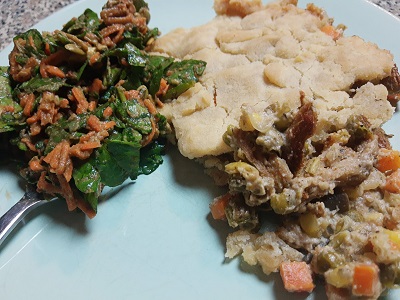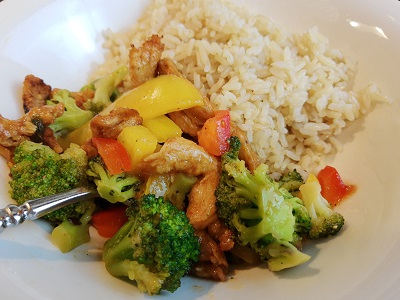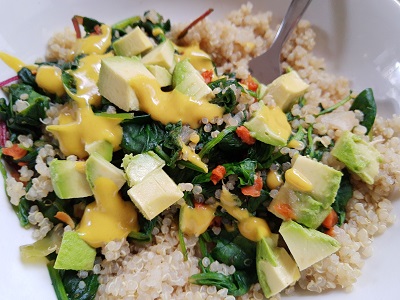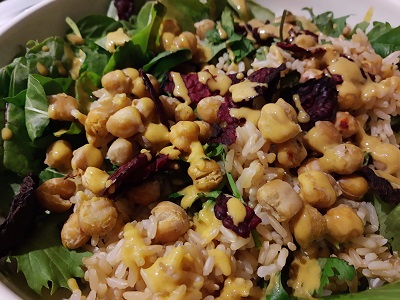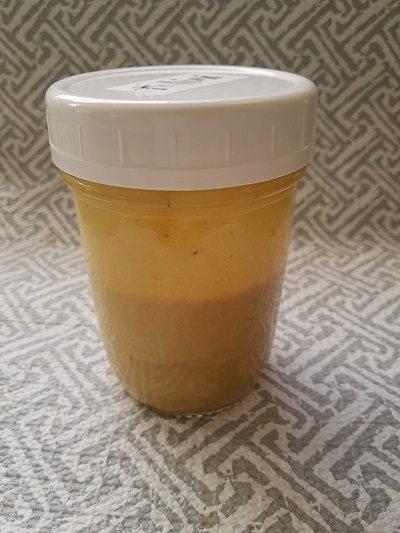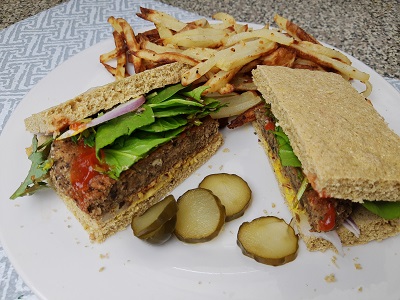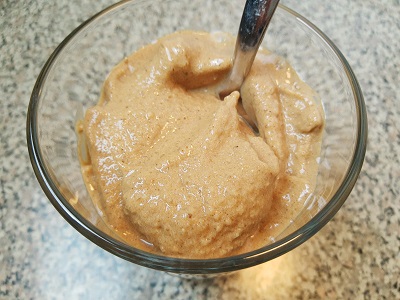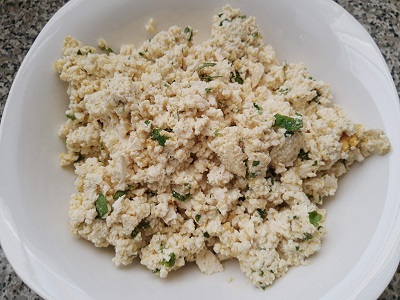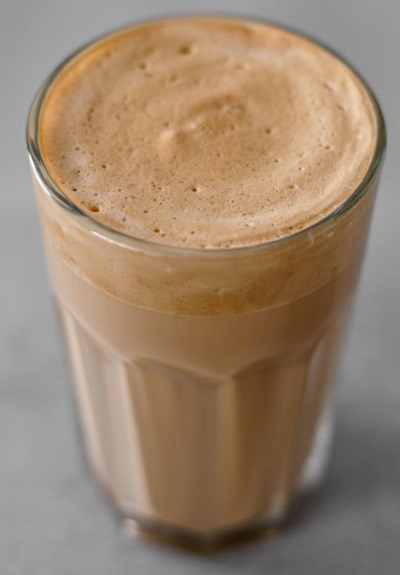Soy Curl Pot Pie
Looking for comfort food for the Fall season? INGREDIENTS: 1/2 bag of Butler Soy Curls Re-hydrate the Soy Curls using the following: Salt or liquid aminosPoultry seasoningGarlic powderOnion powder 1/2 cup of onions 2-3 cloves of garlic 1 tsp cornstarch 1/2 bag of frozen vegetables 1 pie crust or cornbread mix Creamy Cashew Soup Base: […]
Continue Reading